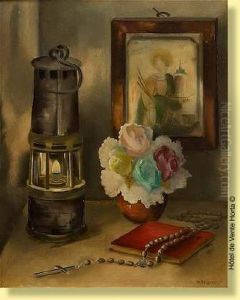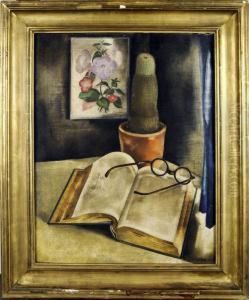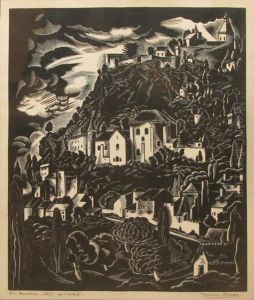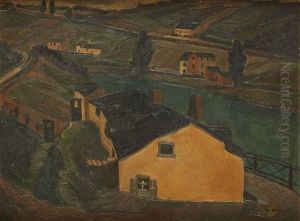Maurice Brocas Paintings
Maurice Brocas was a Belgian artist, born in 1796 in Brussels, Belgium, and passed away in 1853. He was part of the early 19th-century European art movement and was known for his contributions to Belgian art, particularly in the realm of painting and engraving.
Brocas came from an artistic family, with his father being the painter Jacques-Antoine Brocas. Maurice was trained by his father and soon developed his own style and approach to art. Throughout his career, Maurice Brocas was actively involved with the artistic community in Belgium and was a member of various art societies. He also played a significant role in the establishment of art institutions in Belgium, contributing to the development of a national artistic identity.
His works often depicted historical scenes, landscapes, and portraits. Brocas's paintings were characterized by their attention to detail, color, and light, reflecting the influence of the Romantic period, which was prevalent during his time. He also embraced themes of national importance, contributing to the rising sense of Belgian nationalism through his art.
Although not as widely known as some of his contemporaries, Maurice Brocas's contributions to the arts were significant in fostering a burgeoning art scene in Belgium. His legacy is preserved through his works and the institutions he helped to establish and support during his lifetime. Unfortunately, like many artists of his era, Brocas did not always receive the recognition he deserved during his lifetime, but subsequent generations have come to appreciate his artistic talent and historical importance.



